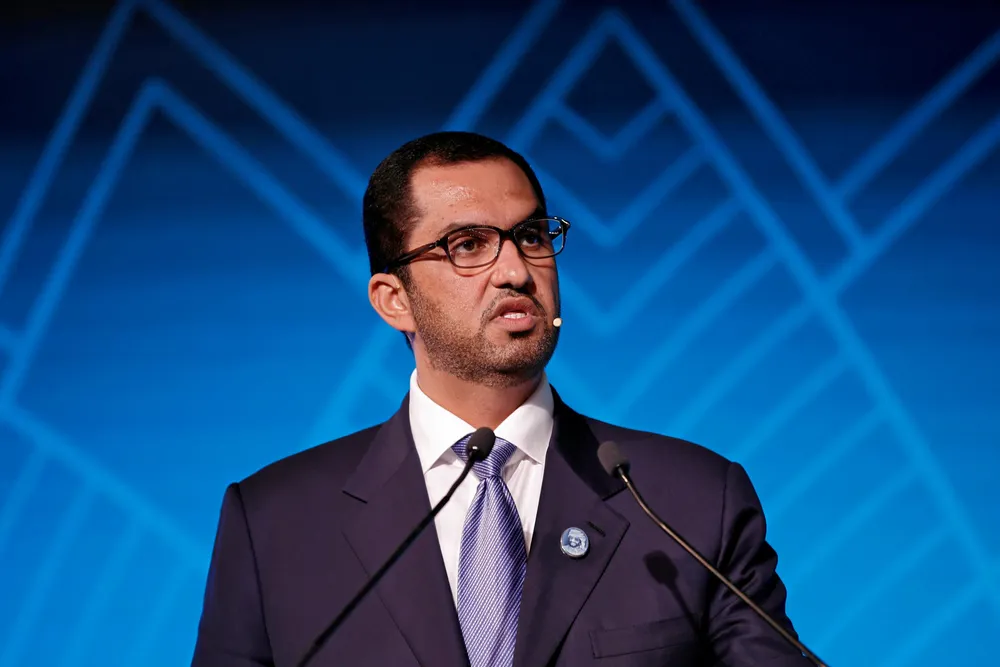Front runner emerges for Adnoc’s Lightning subsea power project
Region’s first HVDC subsea transmission system will allow offshore production facilities to be electrified

Region’s first HVDC subsea transmission system will allow offshore production facilities to be electrified
